The plastic’s fantastic: Yamaha switch to sustainable bodywork for scooter range
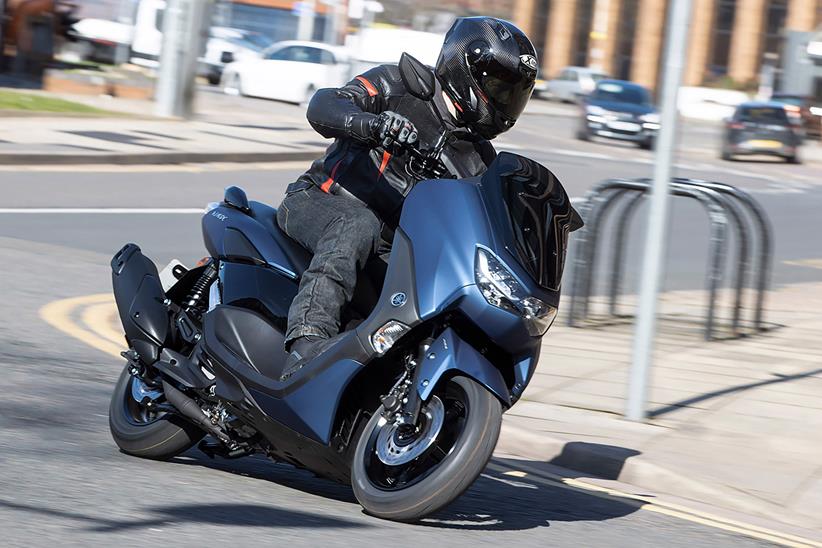
Yamaha have begun using a new greener recycled polypropylene plastic to manufacture bodywork for their 2023 commuter models in some Asian markets.
The move is the next step in the firm’s bid to ensure carbon neutrality across their entire supply chain by 2050 and follows the decision to use recycled aluminium in chassis parts where possible.
Polypropylene forms the main exterior panels of many of Yamaha’s practical scooters and so the switch to a more sustainable material could have a real impact. From here, there are plans to use it more extensively across the motorcycling range.

The recycled bodywork uses materials with a traceable manufacturing history, with Yamaha stating there is no inclusion of environmentally damaging substances such as purging compounds (products produced during a process called resin synthesis) and scraps.
Yamaha say that polypropylene materials make up around half of the exterior bodywork of their motorcycles – making it a key resource for the firm. Consequently, the use of these new greener materials could see up to a claimed 80% reduction carbon footprint.
Exactly when we might see it appear on bikes across Europe remains to be seen.
Yamaha introduce low-carbon metals for greener motorbikes
First published 16 March 2023 by Dan Sutherland
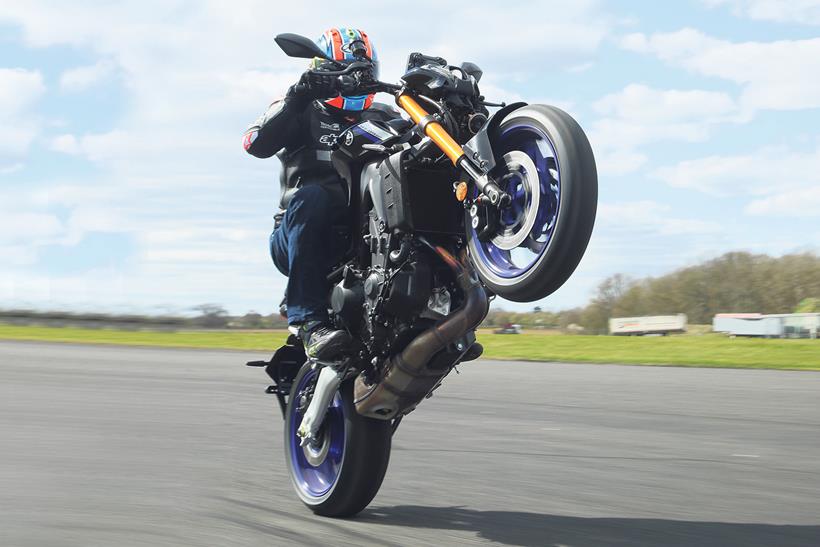
Japanese automotive powerhouse Yamaha are well underway with plans for environmentally friendly production and are now aiming to introduce lower-carbon aluminium into some of their motorcycle parts in a bid to cut CO2 emissions.
Back in late June 2022, the firm announced that they were bringing their plans for carbon neutral factories forward to 2035 – a jump of 15 years from their previous goal set the previous summer.
This would be achieved by minimising energy use and relying on cleaner, more renewable energy sources such as solar and hydroelectric, with Yamaha predicting a 92% reduction in carbon dioxide emissions from their production facilities both in Japan and across the world when compared to 2010 figures.
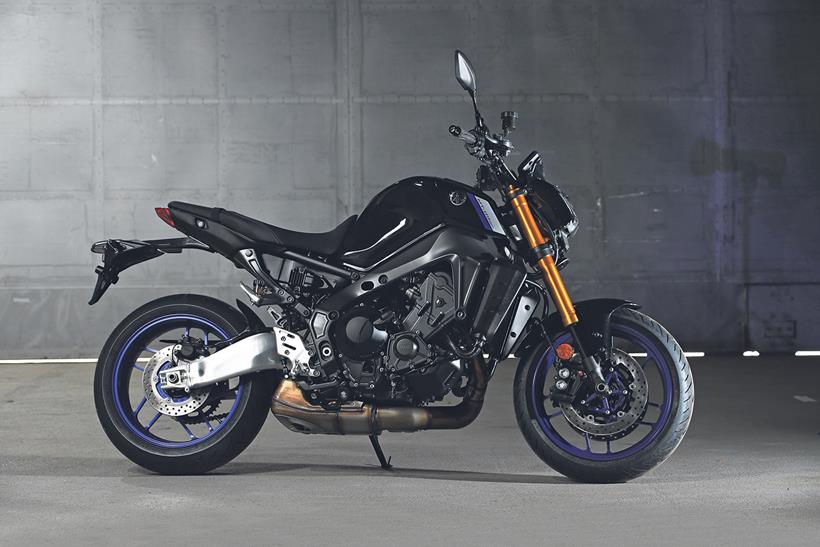
With the company already investing in plant-derived reinforced resin for their marine product lines, the next step was motorcycles – with a less polluting ‘green aluminium’ coming into use on selected production motorcycle parts from February 2023, before further expansion is rolled out.
According to Yamaha, the brand are the first motorcycle company in Japan to deploy the technology on their bikes, with the term ‘green aluminium’ coming from the way the metal is produced.
Unlike traditional processing, it is refined using renewable energy which is said by Yamaha to emit 60% less carbon dioxide during manufacturing. Depending on the model, aluminium makes up for between 12% and 31% of a bike’s total weight across Yamaha’s existing fleet.

Around 80% of all the aluminium currently used in the firm’s motor division is recycled and the idea is that this new green alternative will sit alongside it, for those parts of motorcycles that can’t yet be made with recycled material.
The first step for the new metal usage will be in their large displacement motorcycles and off-road competition bikes in the world of endurance and motocross. Yamaha then plan to introduce it to a wider range of bikes as the availability of material increases.
The first components to use the green supply chain will be the front and rear cast aluminium alloy wheels on road bikes, plus the under bracket on the front forks. In the off-road sector, Yamaha say parts include the chassis, subframe, and footpeg brackets.
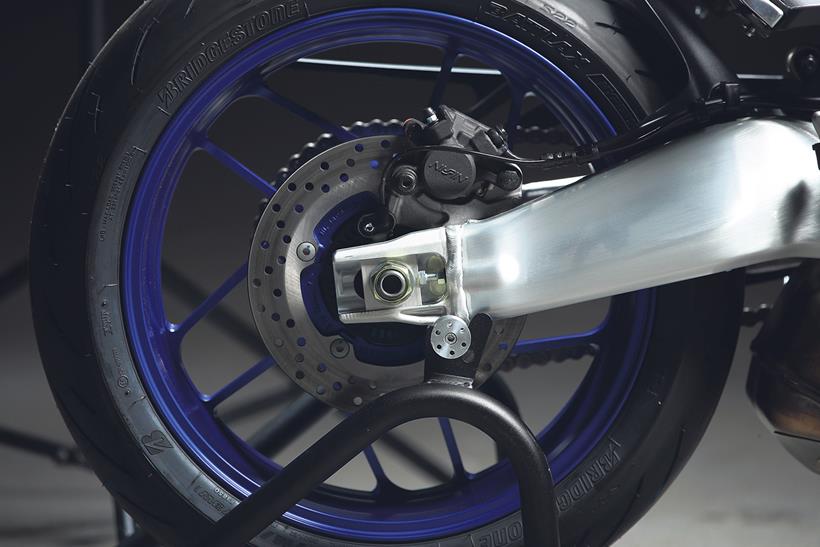
On top of the 2035 goals for their own factories, Yamaha are aiming for carbon neutrality throughout all of their business activities and supply chain by 2050.
To do this, they say they will need to invest even further and move to 100% sustainable materials, including the plant-based products already being implemented in the marine sector of the business.
To inspire others to do the same, a Yamaha Motor Sustainability Fund was set up in 2021 worth a total of $100 million. Running for 15 years, the fund invests in companies attempting to address the challenges of climate change.
Yamaha’s green initiative: $100 million fund available for environmental tech firms
First reported 28 June 2022 by Phil West
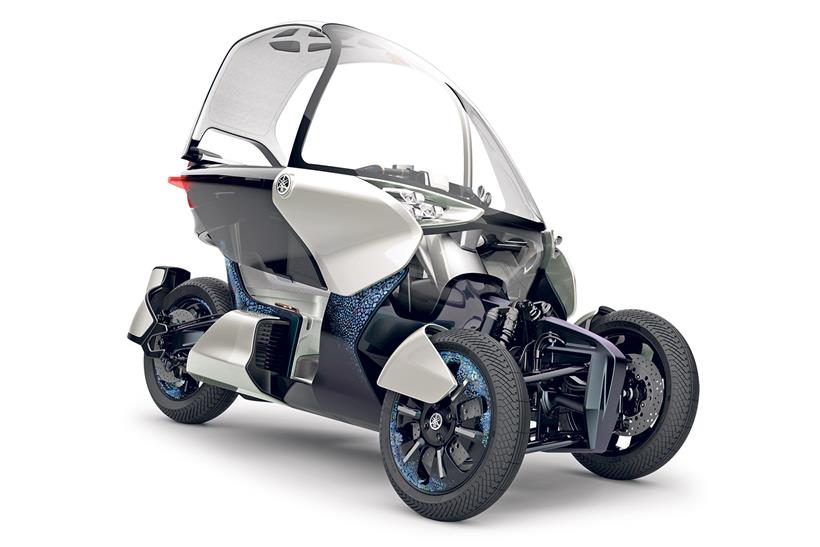
Yamaha has become the latest major motorcycle manufacturer to significantly expand its green credentials with the announcement of a new $100 million fund for investing in environmental initiatives.
Called the ‘Yamaha Motor Sustainability Fund’, the £81.2m pot will be used for investing in companies working to address problems concerning the environment. The fund has been set up to run for 15 years.
More specifically it says it is to be used to find new ways of carbon offsetting as well as reducing the CO2 levels and environmental footprint of Yamaha’s existing businesses.
In an official statement from the company’s headquarters in Iwata, Japan, Yamaha Motor said that its corporate mission was to, “offer new excitement and a more fulfilling life for people all over the world,” and those eco-focused initiatives were among the most important themes for achieving this mission.
Yamaha lays out a plan for the future: New models, new niches and new power sources
First published on 30 July 2021 by Ben Purvis

Yamaha has outlined a plan that pushes the firm towards carbon neutrality by 2050. That’s a long way off but the firm gives strong hints about the models it’s working on right now.
Interestingly Yamaha predict we shouldn’t be expecting a rush of mainstream electric superbikes anytime soon. The firm only targets 2.6% of riders to adopt electric by 2030, followed by a sharper increase to 20% by 2035 – which doesn’t bode well for the GUK Government’s consultation on potentially banning the sale of petrol-powered bikes by 2035.
Yamaha expect 90% of their motorcycles to be electric by 2050, with some of the last holdouts using synthetic, carbon neutral (CN) liquid fuels. Higher compression ratios and variable valve actuation are also expected to improve the efficiency.
In the nearer term, though, Yamaha are working on electric vehicles that blur the lines between current classes, particularly with its passion for tilting, three-wheeled ‘LMW’ (leaning multi-wheel) models.
In the firm’s latest report, Yoshihiro Hidaka, Yamaha Motor’s President said: “We will aim to create new and unprecedented forms of mobility by combining our mobility technologies based on small powertrains – a Company strength – with the robotics born of our production technologies.
The 46th #TokyoMotorShow is approaching.
Check out this preview of concept models and make sure not to miss all the Yamaha news from October 24 to November 4th.
▪️ Land Link Concept
▪️ YPJ-YZ E-Bike
▪️ E01 electric commuter
▪️ E02 electric commuter pic.twitter.com/Ir4ESUTsyx— Yamaha Motor UK (@YMUKofficial) October 10, 2019
“For example, our TRITOWN standing electric micromobility model with twin front wheels was developed wondering what we could achieve if we targeted the last-mile mobility segment.
“With our other pursuits, we are not restricting ourselves to existing forms of motorcycles and are moving forward with the development of a model taking our LMW platform and technologies, which we have been refining for many years, even further.”
That gap between cars and bikes will be filled by a production derivative of the high-performance, hybrid-powered MW-Vision concept trike that was shown at the 2019 Tokyo show.
The report says: “Our mobility proposals aim to improve on the shortcomings of motorcycles while leveraging their advantages of small size, minimal road and parking space requirements, a small environmental footprint, and their ability to quickly navigate urban areas… our next-generation mobility vehicles are equipped with a simple cabin, are self-standing thanks to automatic control technology, and can lean through turns like a motorcycle.”
Yamaha’s future vehicle plans
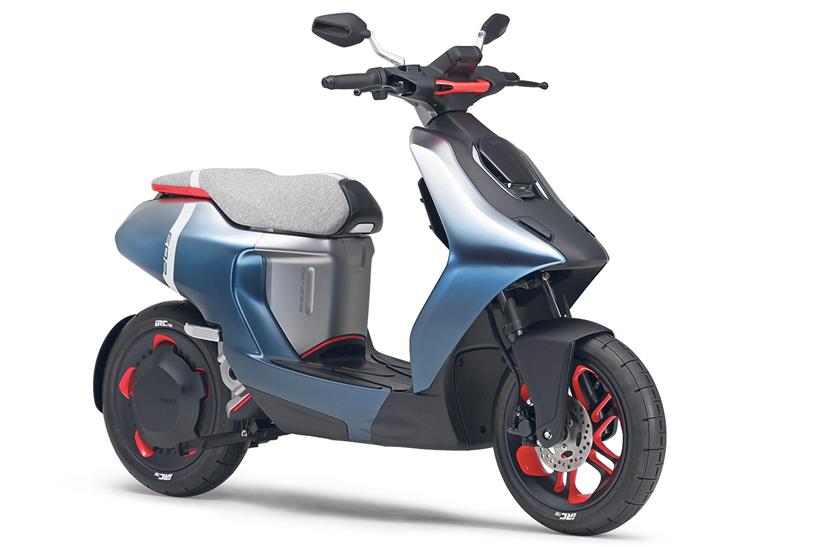
E02: Shown as a concept in 2019, the E02 uses an existing scooter’s frame to keep costs down, along with a removable battery in line with the swappable battery recently agreed by major players in the sector.
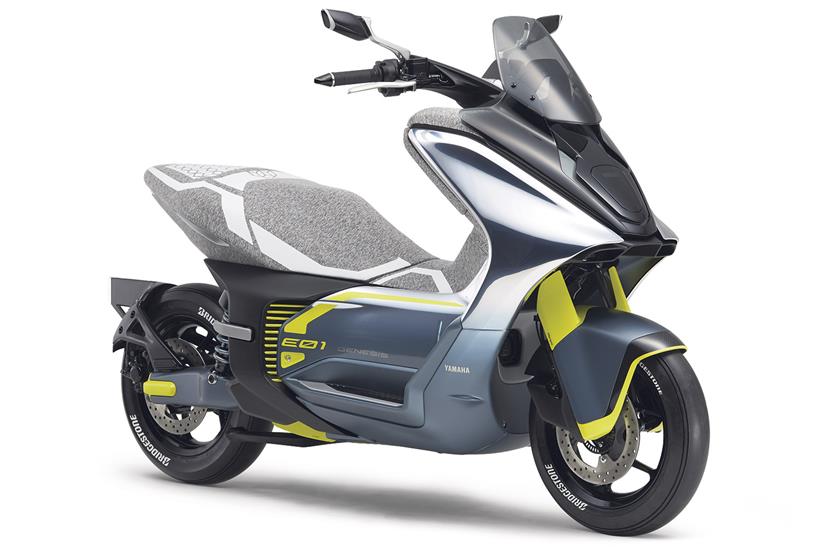
E01: The battery electric E01 is virtually certain for production with 125cc-equivalent performance, promising a 90% charge in an hour.
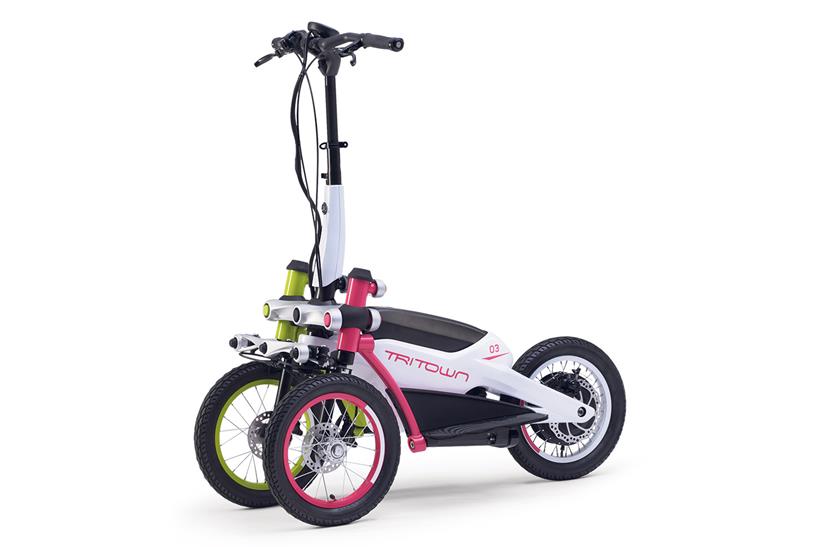
TRITOWN: Already manufactured in small numbers, Yamaha see this as a steppingstone between power-assisted bicycles and motorcycles.











